No products in the cart.
NOTE: For delivery outside Nepal, please select any address. Then leave an order note and email address when confirming your order. We will contact you for details.
Series: Trekking Map 700 Series
Scale: 1:1,500,000
Item No: CR713
Features
- Comprehensive Trek Planning Guide Map
- Road distances, Trekking routes, Monasteries, Introduction of major Places
Tibet: Places of Interest
ON THE ROAD TO LHASA
– For detailed itinerary & road map from Kathmandu, Nepal to Lhasa, Tibet-
Please see “Kathmandu-Lhasa” map, Scale 1:700,000, published by Himalayan Map House.
Zhangmu (Khasa): Lying between Kadari (Nepal) and Tingri, Zhangmu is truly a bargainer’s paradise conducting the majority of trade between China and Nepal. Beyond Khasa lies Tatopani, a famous hot spring for the Nepalese.
Nyalam: Also known as Nyanang – means “The Road to Hell” and is an old trading post on the Lhasa-Kathmandu caravan route. Nyalam presents a tasty mixture of snow peaks & glaciers and is popular for day hikes with spectacular views.
Tingri or Dingri: A large tract of over 1,000 sq. km centering around the headwaters of the Phung (Arun) River. The Dingri plain with Dingri ganggar is commonly known as Old Tingri, the de facto center. At New Tingri, further along, and off the highway, Xegar Monastery overlooks the small town, also known as Xegar Xian, the prefecture’s headquarters.
Lhatse or Lhartse: A desolate looking place with hundreds of square buildings lies on a fork in the highway and is a resting place after the Jia Tsuo pass.
Tashilhunpo Monastery: Is situated in the Tsang territory of Tibet and is the biggest Gelugpa abbey. This monastery in Shigatse was founded by first Dalai Lama in 1447 and contains the huge solid gold statue of Maitreya.
Xigaze of Shigatse: The capital of Tsang territory, is the second largest city in Tibet offering several pilgrimage spots, as destinations of hikes, amidst ancient ruins.
Shalu monastery: built in year 1000 AD, blends the arts of Tibetan and Han in its stylistic architecture and possesses remnants of sacred objects as the Buddhist scriptures written on “patra” leaves.
Drongtse Monastery: Situated 19 km from the junction of Gyantse towards Shigatse, though unremarkable from artistic constitution, holds one of the outstanding collection of slate bas relief carvings in Tibet.
Gyangze or Gyantse: The third most important city of Tibet and a cultural, political & commercial centre, presents the cream of Tibet’s art & architecture in its unparalleled monasteries as the great Pelkor Chode and multi-chapeled Kumbun Chorten.
LHASA: The capital city of Central Tibet, is known as The Holy City bestowed with historic and religious monuments and home to the spiritual and religious leader Dalai Lama (who now resides in India since 1950 AD). Lhasa is popularly known as the “The Land of Gods” and has abundant scenic spots & historical places, which reveal it’s political, economical, cultural, traditional and religious aspects. Famous monasteries around Lhasa are the Drepung, Nechung and Sera monasteries.
Potala Palace: The jewel of Lhasa, with its superb fusion of architecture and art, is one of the extraordinary examples of Tibet’s unique taste of culture & religion and contains two historical chapels, the Chogyal Drubphuk and the Phakpa Lhakang (housing the Arya Lokeswar, Potala’s most sacred statue).
Jokhang: Formerly known as Tsuglag Khang, Jokhang, the most sacred temple of Tibet, first built by King Songsten Gampo in the 7th century, retains spectacular works of traditional arts.
BEYOND LHASA:
Ganden Monastery: is one of the biggest and most outstanding of Gelugpa monasteries in Tibet, with many ruined buildings and remnants of various other ancient figures destroyed during the cultural revolution.
Samye Monastery: lying en route to Tsetang from Lhasa, was founded in 770 AD. Although destroyed during the cultural revolution, it’s restoration work was completed in 1990 AD, six years after initiation. The gold roofed monastery houses the image of the Sakyamuni. Chong-Gye: The Chongye Yarlung tombs (of the ancient Yarlung dynasty kings), are scattered across a large area along the lower slopes of Mt. Mura and the entrance of the Dongkar valley – reflecting unique features of Tibetan social life between 7th and 9th centuries. Tirthapuri: dedicated to the goddess Dorje Phagmo – on route to Gartok from Shuo – is regarded as the third most holy pilgrimage site in Western Tibet and is famous for medicinal hot springs and geysers.
Mt. Kailash: the holiest of all mountains, located amidst the high & deserted area of Western Tibet besides mythological and devotional aspects, it is by every means an amazingly gorgeous, heavenly mountain standing in complete isolation with no other peaks in the vicinity. Nearby are the sources for four of South Asia’s greatest rivers and at the base lie two cast lakes – Mansarovar, ‘The Victorious Lake’ and Rakas Tal, ‘The Demon Lake’. The pilgrimage to Kailas and mansarovar has always been considered the most challenging in Asia. Please see “Nepa Map: Kailas Manasarovar Scale 1:200 000” for detailed itinerary.
Tholing: located near Tsaparang to south of Gartok, is the greatest and most important monastery of the West Tibet from the historical point of view, built in the 11th century and was a royal temple with guge-syle paintings strongly influenced from the architecture of the Yarlung era.
Nepal: This landlocked country the land of majestic mountains is famous for its rich cultural heritage and known as the only Hindu kingdom of the world. A popular destination for trekking and climbing, home to Mt. Everest, presents a truly different experience for the spiritually inclined. The valleys of Kathmandu, Pokhara & Langtang are a must on any itinerary. Bhutan: also a landlocked country, known as the Land of the Dragon, boasts of many old monasteries with its capital Thimpu, which is an exotic destination.
India: Is the home of one of the world’s “great” civilizations starting from the Indus valley with a social structure that dates back thousands of years. It would be impossible to describe India in a few words and so is not attempted here.
Sikkim: Regarded as one of the last Himalayan ‘Shangri Las’ was formerly a remote, independent kingdom with spectacular mountain terrain, varied flora & fauna and ancient Buddhist monasteries. Gangtok, the capital of Sikkim is popular for its unique monasteries.
Publisher’s Note
This map has been published by Himalayan MapHouse (P) Ltd., the only registered map publishing company in Nepal & a member of the International Map Trade Association (IMTA). Himalayan MapHouse produces the widest range of trekking maps in Nepal, updated to reflect the latest information regarding route changes and facilities available.
As an integral part of our Quality Assurance Program, we verify all information regarding trekking routes and trails with professional trekking guides & climbers and update our maps for accuracy and reliability. All altitudes are measured with analog & digital altimeters and the trekking times represent average times. Credit is due to the numerous trekkers who wrote/called/faxed/emailed, their suggestions for improvement.
Note: Discount on bulk orders. Contact us for details.
| Weight | 0.05 kg |
|---|---|
| Brands |
Based on 0 reviews
Only logged in customers who have purchased this product may leave a review.
Vendor Information
- Store Name: Himalayan MapHouse
- Vendor: Himalayan MapHouse
- No ratings found yet!


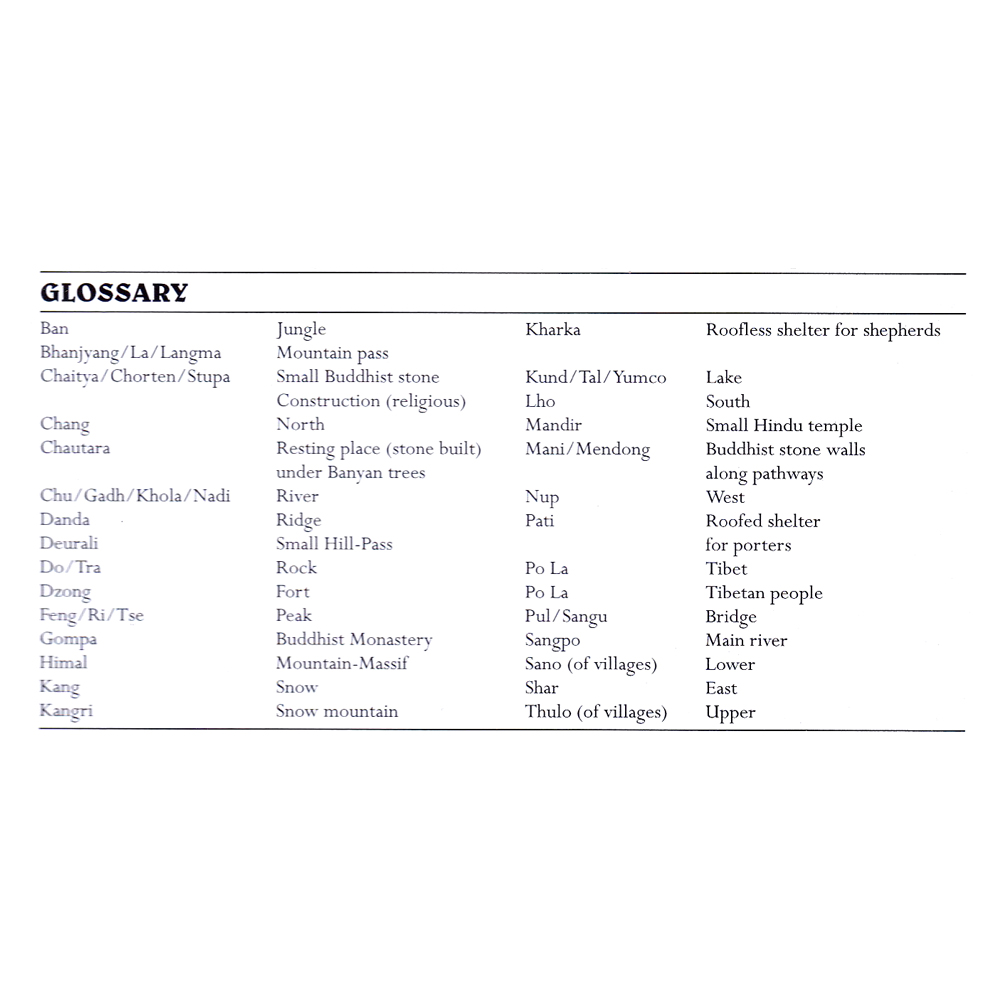


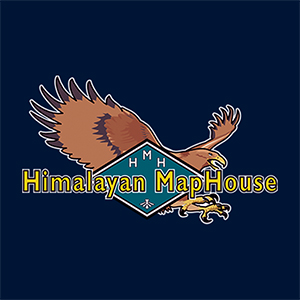
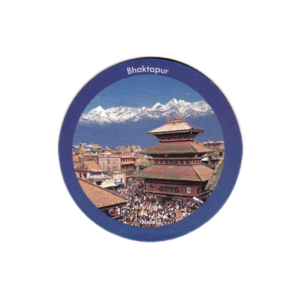
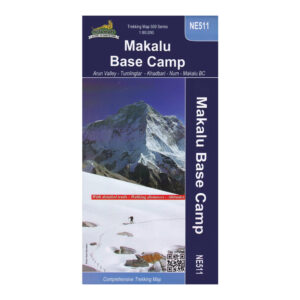
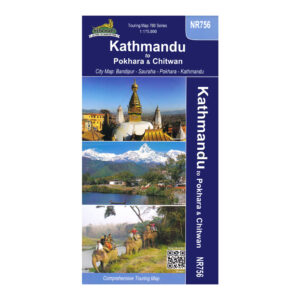
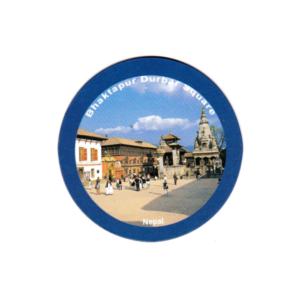
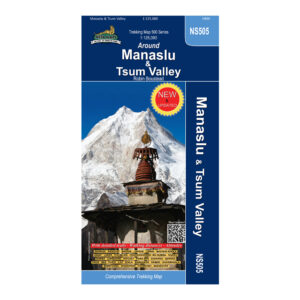
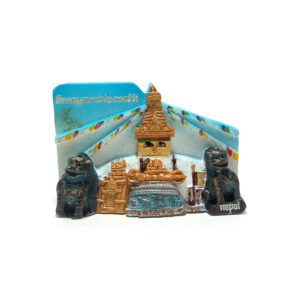
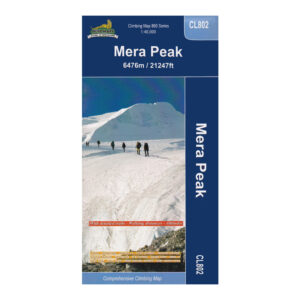
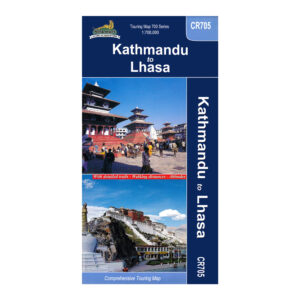
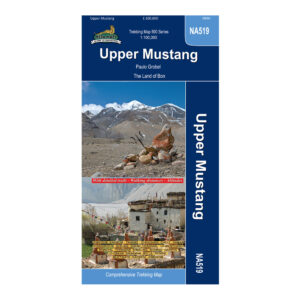
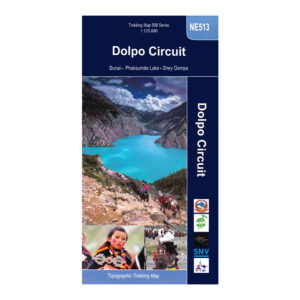
There are no reviews yet.